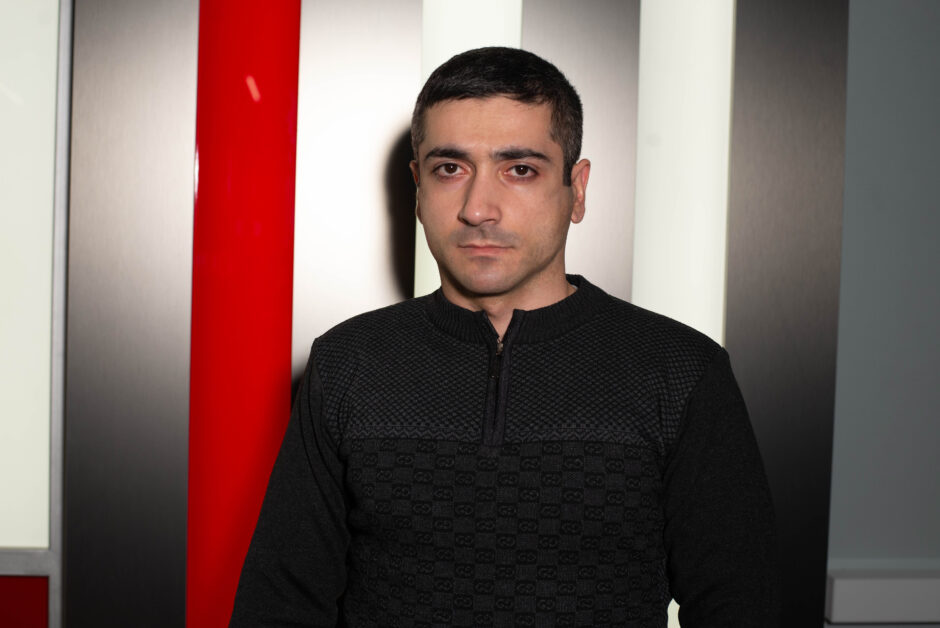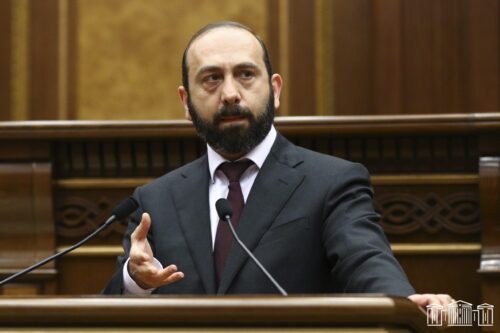
Border Delimitation and Demarcation Works at the Crossroads of Peace
Under the proposal of the Azerbaijani side, the process of border delimitation and demarcation started from the section of the border in Voskepar, Tavush Province. As a result, a number of Armenian settlements will come under Azerbaijani control.
It was not in the distant past that Pashinyan said that Armenia does not have a so-called “cadastre paper”, noting that, thus, it is necessary that Yerevan and Baku start a border delimitation and demarcation process in order to have clearly fixed and internationally recognized borders. This argument, seeming reasonable at first sight, in fact has no valid grounds. The Republic of Armenia is an internationally recognized country. The only state that has not recognized it is Pakistan. And, in this case, any talk about some “cadastre paper” is delusional and pointless.
In general, the idea that Azerbaijani territories came under Armenian control as a result of hostilities runs like a red thread through the statements of the current authorities. According to their statements, now, in order for the era of peace to come and the crossroads of peace to be opened, these territories need to be ceded to Azerbaijan. However, there has been no mention of the need to return the territories of Armenia that Azerbaijan has occupied in recent years. Pashinyan says that Artsvashen is an Armenian enclave in Azerbaijan. But, in response to the question as to when that territory will come under Armenia, he said that the border delimitation works need to be carried out with Azerbaijan; afterward, they will try to decide the issue of Artsvashen. From this statement alone, it is clear that no border delimitation is taking place: Armenia is simply making unilateral concessions. This argument is also supported by the fact that the current authorities are carrying out border delimitation works with Azerbaijan in a bilateral format without the involvement of a third party, having signed no peace treaty. After all, the common practice in Europe after two world wars and after other conflicts proves that the countries in conflict first sign a peace treaty. Then, when carrying out border delimitation works, observers from non-aligned countries and international organizations are invited. This is done so that a peace treaty will specify border delimitation procedures, while international observers can later record whether these procedures were followed or not. It is only thanks to these steps that the processes of delimitation and demarcation can turn into a positive process and bring an end to a conflict situation. While, in the case of Armenia and Azerbaijan, none of the aforementioned factors are included. Moreover, Pashinyan and his administration do not even specify in which parts of the border there are disputed territories that may go from one side to the other. This is done so that any demand from Azerbaijan can be met, and afterward, the current authorities can justify themselves saying that, as a result of the delimitation process, the ceded territories turned out to be Azerbaijani lands. A question arises here: Why are Pashinyan and his administration still making so many concessions in the name of border delimitation and demarcation, which, in fact, will lead to the capitulation of the Republic of Armenia? Various media outlets say that the present regime has chosen such a policy of concessions in order to prevent a potential war with Azerbaijan by ushering in an era of lasting peace. However, when there is no peace treaty, it is pointless to talk about peace. As regards the policy adopted by the present authorities, it should be noted that no one has yet made peace with a policy of concessions; on the contrary, such a policy has only brought war. A graphic example of this is the policy that the U.K. and France adopted regarding Hitler before World War II. The authorities of France, and especially those of the U.K., used to make concessions regarding everything to Nazi Germany. As a result, Hitler’s appetite only grew, and the most destructive war in history broke out.
In this respect, Armenia’s policy of concessions is going to be no exception. Azerbaijan will take as much territory as possible from the spineless authorities of Armenia through peaceful concessions. Then, having a positional advantage, they will resort to hostilities. The only explanation for the anti-state activities of these authorities can be that they are trying to align Armenia’s official policy with the geopolitical interests of Europe and the global West. Almost all Western countries welcomed the process of border delimitation between Armenia and Azerbaijan, because, along with Azerbaijan and Turkey, the EU is also a beneficiary of the opening of horizontal communication links passing through Armenia. These communication links will allow them to shorten the way to the Far East and China, bypassing Iran and Russia. Pashinyan, in turn, having a problem of maintaining his illegitimate power, has entered into political trade with Turkey, Azerbaijan and the West, endangering the national, state and, if you will, people’s interests.
Ashot Barekyan


